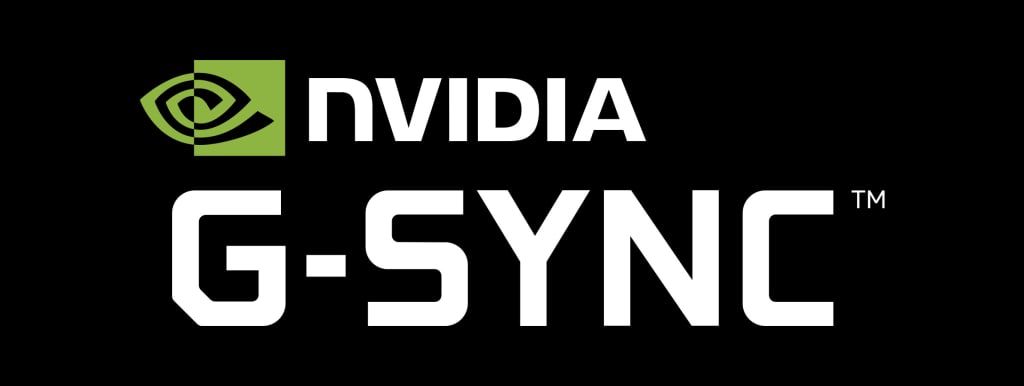How to Enable Freesync and G-sync
What is Freesync and G-Sync?

Monitor technologies like G-Sync and FreeSync have emerged as true game-changers for gamers. These adaptive sync technologies are on a mission to get rid of screen tearing and stuttering, opening the way for a gaming experience that is not only smoother but also profoundly immersive. In this detailed guide, we'll discover what is G-Sync and FreeSync, walk you through the process of enabling them on your PC, and explore the synergy they share with V-Sync to take your gaming journey to new exciting levels.
Understanding G-Sync and FreeSync:
G-Sync:
NVIDIA's G-Sync is a proprietary adaptive sync technology designed to harmonize the refresh rate of your monitor with the frame rate of your graphics card. This synchronicity acts as a "shield" against the common adversaries of screen tearing and stuttering, arising when the frame rate and monitor refresh rate fall out of sync.
FreeSync:
In the AMD camp, FreeSync stands tall as the counterpart to G-Sync. Operating on an open standard, FreeSync boasts wider accessibility across a spectrum of monitors. Mirroring G-Sync's prowess, FreeSync ensures seamless, tear-free gaming by dynamically adjusting the monitor's refresh rate to match that of the graphics card.
G-Sync VS FreeSync
Both sync technologies are almost identical, but other has worse compatibility. Nvidia's G-sync uses a hardware technology to prevent screen tearing and stuttering.
Pros of choosing G-sync
- A sligtly better image quality than freesync, but it not very noticeable in everyday use.
Cons of choosing G-sync
- G-Sync only works with Nvidia gpu
- G-sync monitors are very expensive and don't have many monitors made with it.
- Some HDMI version won't support G-sync
Pros of choosing Freesync
- FreeSync works with both AMD and Nvidia GPU'S.
- Way cheaper than G-sync monitors and monitor panels are often much better quality.
Cons of choosing Freesync
- Sligtly worse quality compared to G-sync
Enabling G-Sync or FreeSync on Your PC:
G-Sync:
Note: If you have freesync monitor with nvidia gpu you can still follow this guide.
- Make sure your monitor is compatible with G-sync.
- Make sure you have turned G-sync on from your monitor settings.
- Connect a monitor to your Graphics card with Display cable (Some HDMI cables / version may not support nvidia g-sync)
- Open the NVIDIA Control Panel in the right corner of your pc, left click the green looking icon and it open the panel.
- Navigate to "Display," then select "Set up G-Sync."
- Enable G-Sync for both windowed and full-screen modes. Also click the box that says "enable settings for the selected display model" if there is one.
FreeSync:
Note: if you have Nvidia graphics card follow the steps of G-sync guide. FreeSync works with Both graphic cards and g-sync monitors are very rare to beging with.
- Confirm your monitor supports FreeSync.
- Make sure you have turned on Freesync from your monitor settings
- Connect your monitor to your AMD or Nvidia graphics card using a DisplayPort cable or with a hdmi cable.
- Open the AMD Radeon Settings.
- Navigate to "Display."
- Activate the "FreeSync."
The V-Sync Dilemma: Should You Use It With G-Sync/FreeSync?
While the dynamic duo of G-Sync and FreeSync excels at banishing tearing and stuttering, the inclusion of V-Sync sparks contemplation among gamers. In my opinion you should use V-sync with Freesync and G-sync.
Pros of Using V-Sync:
- Eliminates tearing entirely.
- Maintains a consistently delivered frame rate.
Cons of Using V-Sync:
- May introduce input lag.
- Potential stuttering if the frame rate drops below the monitor's refresh rate.
Using V-Sync with G-Sync/FreeSync:
Enabling V-Sync alongside G-Sync or FreeSync can prove advantageous in certain scenarios. This combination of settings not only eradicates tearing but also ensures a consistently smooth experience. However, tread cautiously, mindful of potential input lag. Experiment with settings to strike the perfect balance for your gaming preferences.
About the Creator
Kari-Pekka
Video game reviewer and content creator
Enjoyed the story? Support the Creator.
Subscribe for free to receive all their stories in your feed. You could also pledge your support or give them a one-off tip, letting them know you appreciate their work.






Comments
There are no comments for this story
Be the first to respond and start the conversation.